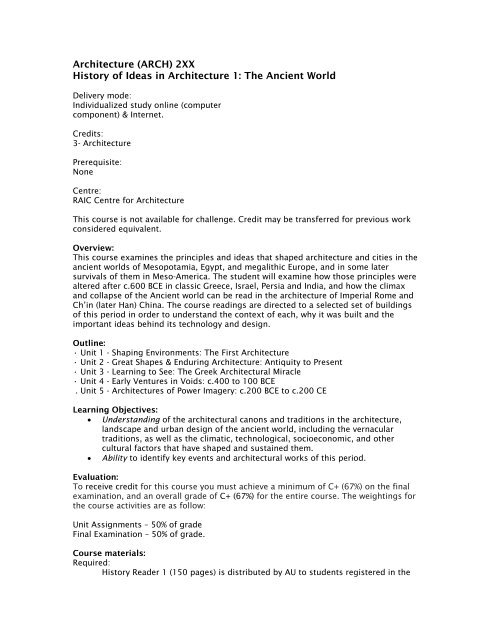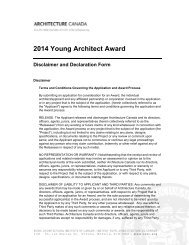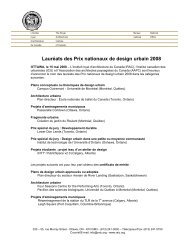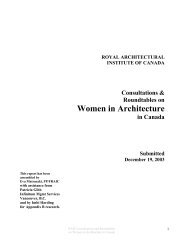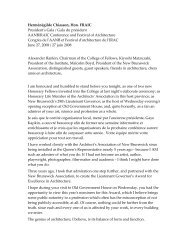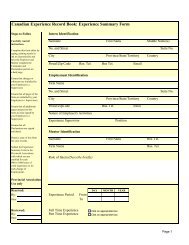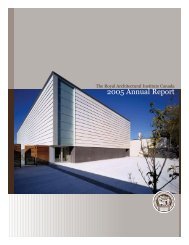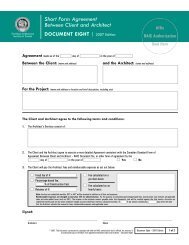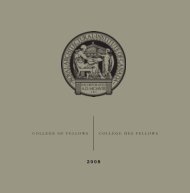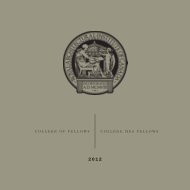Philosophy (PHIL) 252 Critical Thinking (Revision 7)
Philosophy (PHIL) 252 Critical Thinking (Revision 7)
Philosophy (PHIL) 252 Critical Thinking (Revision 7)
You also want an ePaper? Increase the reach of your titles
YUMPU automatically turns print PDFs into web optimized ePapers that Google loves.
Architecture (ARCH) 2XX<br />
History of Ideas in Architecture 1: The Ancient World<br />
Delivery mode:<br />
Individualized study online (computer<br />
component) & Internet.<br />
Credits:<br />
3- Architecture<br />
Prerequisite:<br />
None<br />
Centre:<br />
RAIC Centre for Architecture<br />
This course is not available for challenge. Credit may be transferred for previous work<br />
considered equivalent.<br />
Overview:<br />
This course examines the principles and ideas that shaped architecture and cities in the<br />
ancient worlds of Mesopotamia, Egypt, and megalithic Europe, and in some later<br />
survivals of them in Meso-America. The student will examine how those principles were<br />
altered after c.600 BCE in classic Greece, Israel, Persia and India, and how the climax<br />
and collapse of the Ancient world can be read in the architecture of Imperial Rome and<br />
Ch’in (later Han) China. The course readings are directed to a selected set of buildings<br />
of this period in order to understand the context of each, why it was built and the<br />
important ideas behind its technology and design.<br />
Outline:<br />
• Unit 1 - Shaping Environments: The First Architecture<br />
• Unit 2 - Great Shapes & Enduring Architecture: Antiquity to Present<br />
• Unit 3 - Learning to See: The Greek Architectural Miracle<br />
• Unit 4 - Early Ventures in Voids: c.400 to 100 BCE<br />
. Unit 5 - Architectures of Power Imagery: c.200 BCE to c.200 CE<br />
Learning Objectives:<br />
• Understanding of the architectural canons and traditions in the architecture,<br />
landscape and urban design of the ancient world, including the vernacular<br />
traditions, as well as the climatic, technological, socioeconomic, and other<br />
cultural factors that have shaped and sustained them.<br />
• Ability to identify key events and architectural works of this period.<br />
Evaluation:<br />
To receive credit for this course you must achieve a minimum of C+ (67%) on the final<br />
examination, and an overall grade of C+ (67%) for the entire course. The weightings for<br />
the course activities are as follow:<br />
Unit Assignments – 50% of grade<br />
Final Examination – 50% of grade.<br />
Course materials:<br />
Required:<br />
History Reader 1 (150 pages) is distributed by AU to students registered in the


